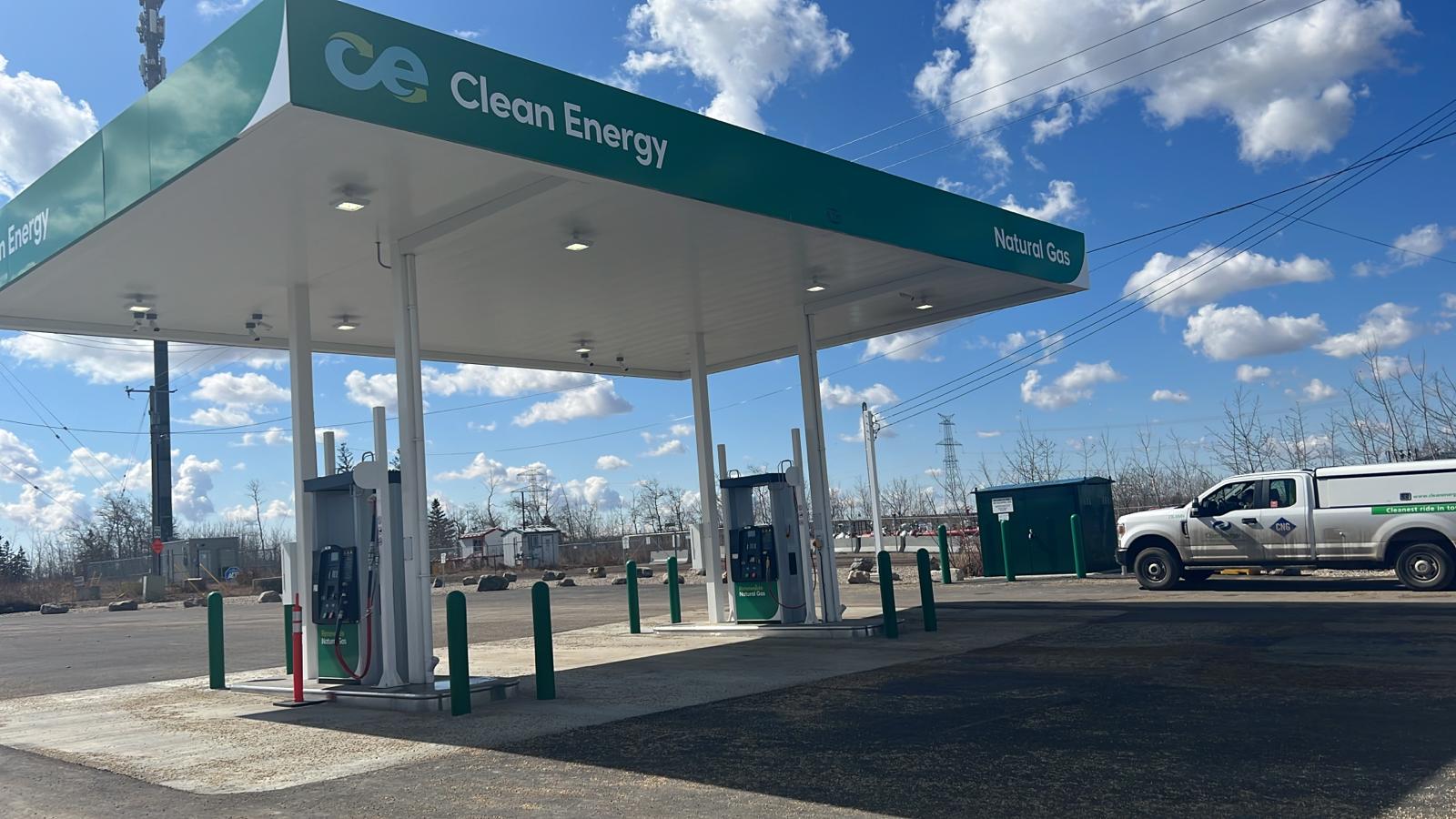Clean Energy Gas Station
Constructing a propane gas station involves meticulous planning and execution to ensure safety, regulatory compliance, and operational efficiency. Here’s a detailed overview of the process:
Initial Phase: Planning and Permits
- Site Selection and Evaluation: The project began with selecting an appropriate site, ideally in a location that balances accessibility for customers and compliance with safety regulations. A thorough site evaluation was conducted to assess the suitability and identify any potential challenges.
- Regulatory Compliance: Obtaining the necessary permits and approvals was a critical step. This involved liaising with local authorities, environmental agencies, and fire safety departments to ensure all regulations and standards were met.
- Design and Layout: Detailed plans were drawn up, including the layout of the gas station, storage tanks, dispensing units, and safety features. The design focused on maximizing efficiency while adhering to strict safety guidelines.
Phase 1: Site Preparation and Infrastructure
- Clearing and Grading: The site was cleared of any existing structures or debris. Grading was done to ensure proper drainage and a stable foundation for the installation of tanks and other equipment.
- Utility Installation: Essential utilities such as water, electricity, and communication lines were installed. This phase also included setting up infrastructure for emergency systems, like fire suppression and spill containment.
Phase 2: Tank Installation and Safety Systems
- Storage Tank Installation: Propane storage tanks were installed underground or above ground, depending on the design and regulatory requirements. This process involved careful excavation, secure anchoring, and protective measures against corrosion and environmental impact.
- Safety Systems: Advanced safety systems were integrated, including pressure relief valves, emergency shut-off systems, and leak detection sensors. These systems are crucial for preventing accidents and ensuring quick response in case of emergencies.
Phase 3: Dispensing and Operational Equipment
- Dispenser Installation: Propane dispensing units were installed, featuring user-friendly interfaces and robust safety mechanisms. This included setting up pump systems, hoses, and nozzles designed specifically for propane handling.
- Control Systems: Modern control systems were integrated to monitor and manage propane levels, dispensing rates, and safety protocols. These systems provided real-time data and remote monitoring capabilities to ensure efficient and safe operations.
Phase 4: Facility Construction and Amenities
- Building Construction: Support buildings such as a control room, customer service office, and restrooms were constructed. These buildings were designed to be both functional and aesthetically pleasing, providing a comfortable environment for staff and customers.
- Amenities: Additional amenities were added, such as canopy covers for dispensing areas, lighting for safety and convenience, and signage to guide customers and ensure compliance with safety regulations.
Phase 5: Testing and Quality Assurance
- System Testing: Comprehensive testing of all systems was conducted, including pressure tests for storage tanks, leak detection tests, and operational tests for dispensing units. This ensured that everything was functioning correctly and safely.
- Inspections: Multiple inspections were carried out by regulatory bodies to verify compliance with all safety and environmental regulations. Any issues identified were promptly addressed.
Completion and Opening
- Final Preparations: Final touches included landscaping, paving, and installing security systems. Staff were trained on operational procedures, safety protocols, and customer service standards.
- Grand Opening: The project culminated in a grand opening event, showcasing the new propane gas station to the community. Demonstrations on safe propane handling and the benefits of propane as an energy source were provided.
Ongoing Operations and Maintenance
- Routine Maintenance: A schedule for routine maintenance and inspections was established to ensure the ongoing safety and efficiency of the propane gas station. This included regular checks of tanks, dispensers, and safety systems.
- Customer Education: Informational materials and staff training ensured that customers were educated about safe propane usage and the benefits of propane as a clean energy source.
The construction of the propane gas station was a complex yet rewarding project, resulting in a state-of-the-art facility that prioritizes safety, efficiency, and customer service. The successful completion of the project provided a valuable resource to the community, promoting the use of propane as a reliable and environmentally friendly energy option.

